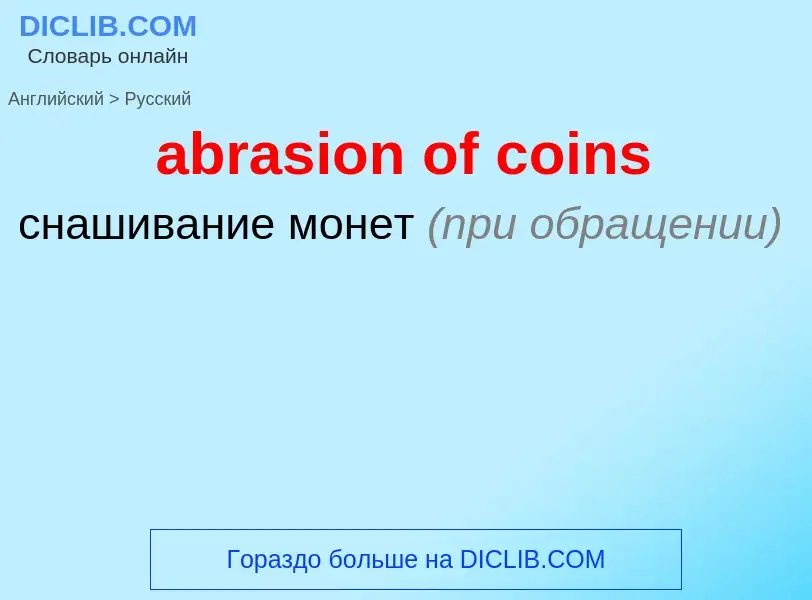Vertaling en analyse van woorden door kunstmatige intelligentie
Op deze pagina kunt u een gedetailleerde analyse krijgen van een woord of zin, geproduceerd met behulp van de beste kunstmatige intelligentietechnologie tot nu toe:
- hoe het woord wordt gebruikt
- gebruiksfrequentie
- het wordt vaker gebruikt in mondelinge of schriftelijke toespraken
- opties voor woordvertaling
- Gebruiksvoorbeelden (meerdere zinnen met vertaling)
- etymologie
abrasion of coins - vertaling naar russisch
Definitie
.
Wikipedia

Abrasion is the non-carious, mechanical wear of tooth from interaction with objects other than tooth-tooth contact. It most commonly affects the premolars and canines, usually along the cervical margins. Based on clinical surveys, studies have shown that abrasion is the most common but not the sole aetiological factor for development of non-carious cervical lesions (NCCL) and is most frequently caused by incorrect toothbrushing technique.
Abrasion frequently presents at the cemento-enamel junction and can be caused by many contributing factors, all with the ability to affect the tooth surface in varying degrees.
The appearance may vary depending on the cause of abrasion, however most commonly presents in a V-shaped caused by excessive lateral pressure whilst tooth-brushing. The surface is shiny rather than carious, and sometimes the ridge is deep enough to see the pulp chamber within the tooth itself.
Non-carious cervical loss due to abrasion may lead to consequences and symptoms such as increased tooth sensitivity to hot and cold, increased plaque trapping which will result in caries and periodontal disease, and difficulty of dental appliances such as retainers or dentures engaging the tooth. It may also be aesthetically unpleasant to some people.
For successful treatment of abrasion, the cause first needs to be identified and ceased (e.g. overzealous brushing). Once this has occurred, subsequent treatment may involve the changes in oral hygiene, application of fluoride to reduce sensitivity, or the placement of a restoration to help prevent further loss of tooth structure and aid plaque control.





![Frederik VIII]] is depicted on the reverse. Frederik VIII]] is depicted on the reverse.](https://commons.wikimedia.org/wiki/Special:FilePath/Denmark 2 kroner 1912 accession of Christian X.jpg?width=200)
